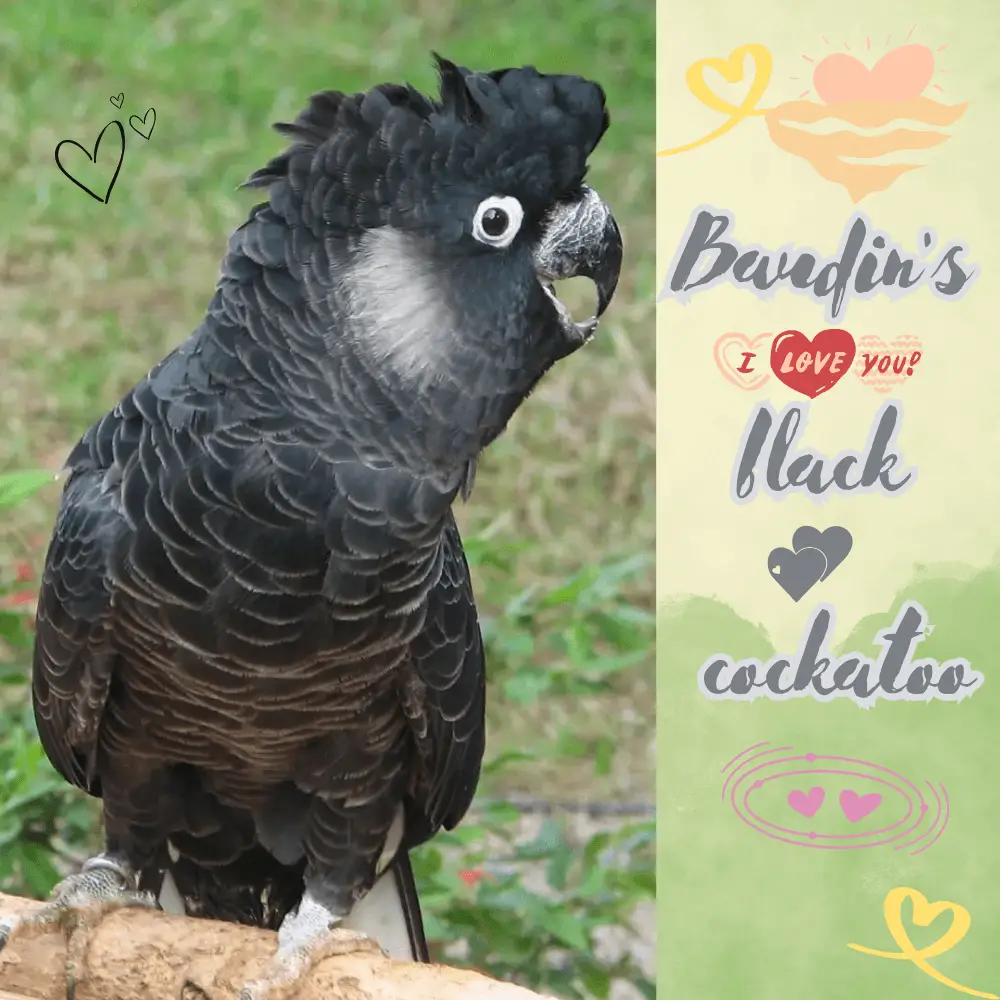Baudin’s black cockatoo: (Zanda baudinii) is almost entirely black, with whitish margins in the feathers, rounded patches in the ear coverts (yellowish to brown to gray in the male, white in the female), rectangular-paneled white in the tail.
has a powerful peak (with the upper jaw very elongated), Black in the male and gray-white color with black color in the female end. Dark brown
iris surrounded by a red eye ring in male and gray female.
Rounded Tail, CrestErectile, and gray legs. Juveniles resemble adults in appearance, but the juvenile male’s peak is equal to the adult female’s. The woodpecker the juvenile male begins to die out after the second year.
- Order: Psittaciformes
- Family: Cacatuidae
- Scientific name: Zanda baudinii
- Genus: Zanda
- Citation: Lear, 1832
- Protonimo: Zanda Baudinii
- Origin: Australia (Australia)
- Longevity: 50 years
- Height: 50 to 57 cm
Baudin’s black cockatoo habitat
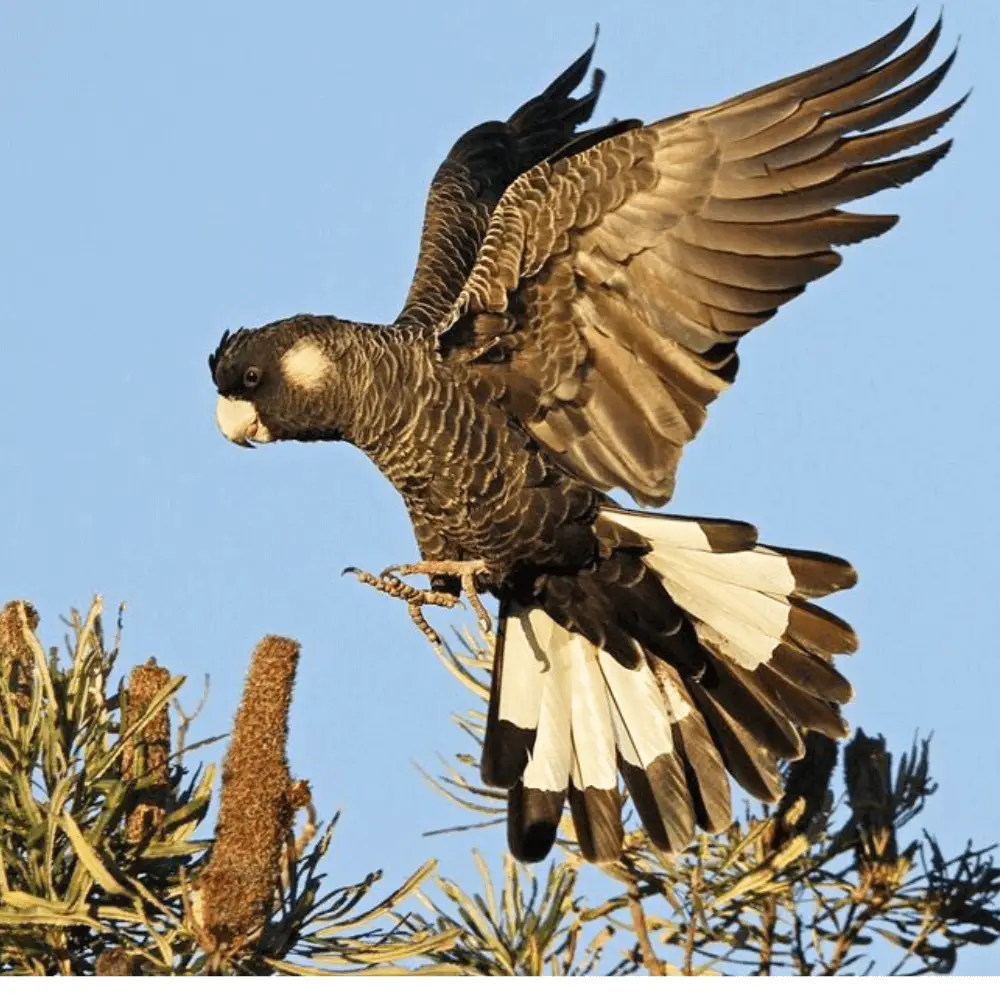
Its natural habitat is the Marris ( Corymbia calophylla ) -dominated forests of the southwestern tip of Australia.
Gregaria is often seen in groups of three, an adult pair with a young one, or in small groups. Sometimes they gather in large flocks of up to 300 birds during the non-breeding season, usually in places where food is plentiful.
Confined to southwest Western Australia, mostly among Perth, Albany Yes Margaret River.
Small captive populations in Melbourne Zoo, Healesville Reserve in Victoria, and Perth Zoo.
Reproduction
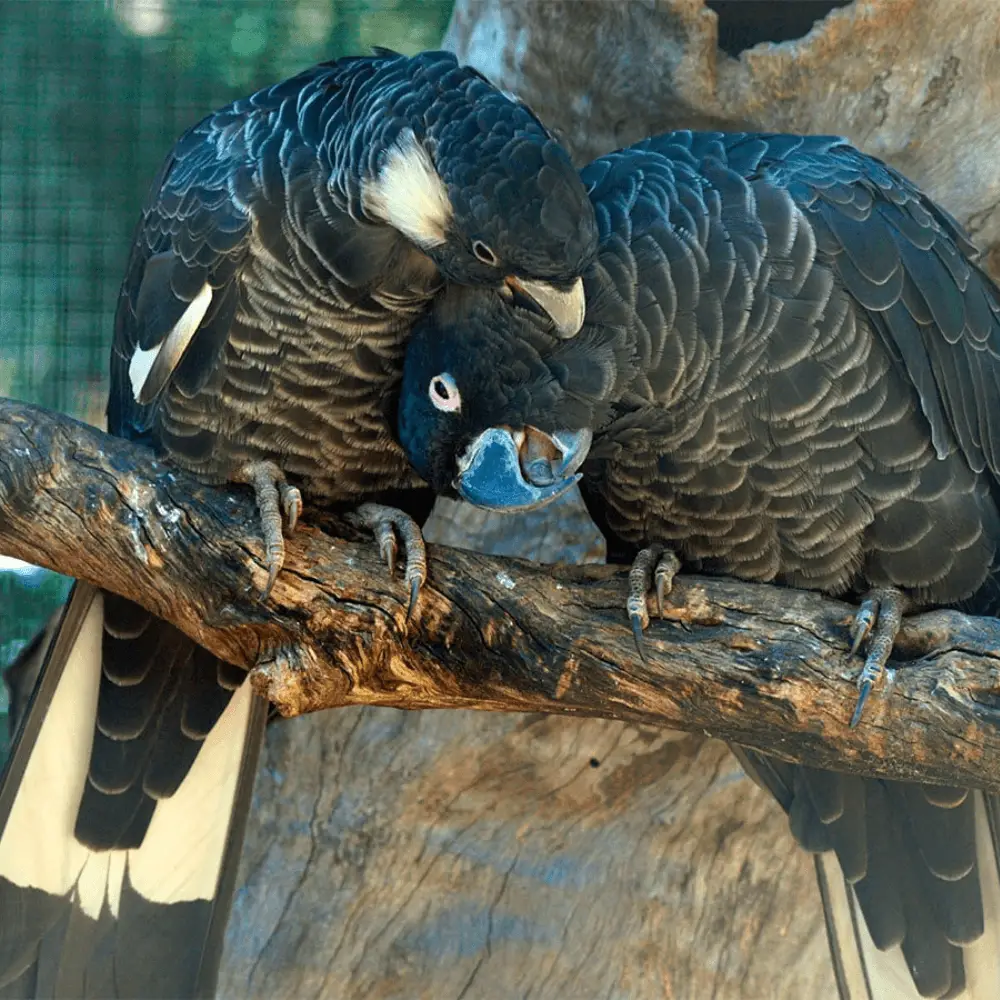
Very little is known about the reproductive biology of this cockatoo, such as their breeding area, nesting event schedule, nesting tree, characteristics of holes for nests, implementation size, incubation period, and nesting period nascent and successful.
Little is known about their breeding cycle as the nests are extremely difficult to locate. Most of the characteristics of the species’ biology are inferred from the White-tailed Cockatoo.
They show a strong union of the couple and the second probably for life. They stay together throughout the year, except when the female is incubating eggs. Probably they start breeding at the age of four.
The species breeds in late winter and spring, from August to November or December. Mating probably takes place three days before egg laying. The female lays one or two white eggs and you can put in a replacement egg if the first time since the egg fails.
The incubation lasts a little 29 days only for the female broods. The baby remains in the nest for a maximum of 16 weeks.
The nests are composed of a layer of wood shavings, built in a large hollow with los altos Eucalyptus, 30 to 40 cm. in diameter and more than 30 depth cm.
Food
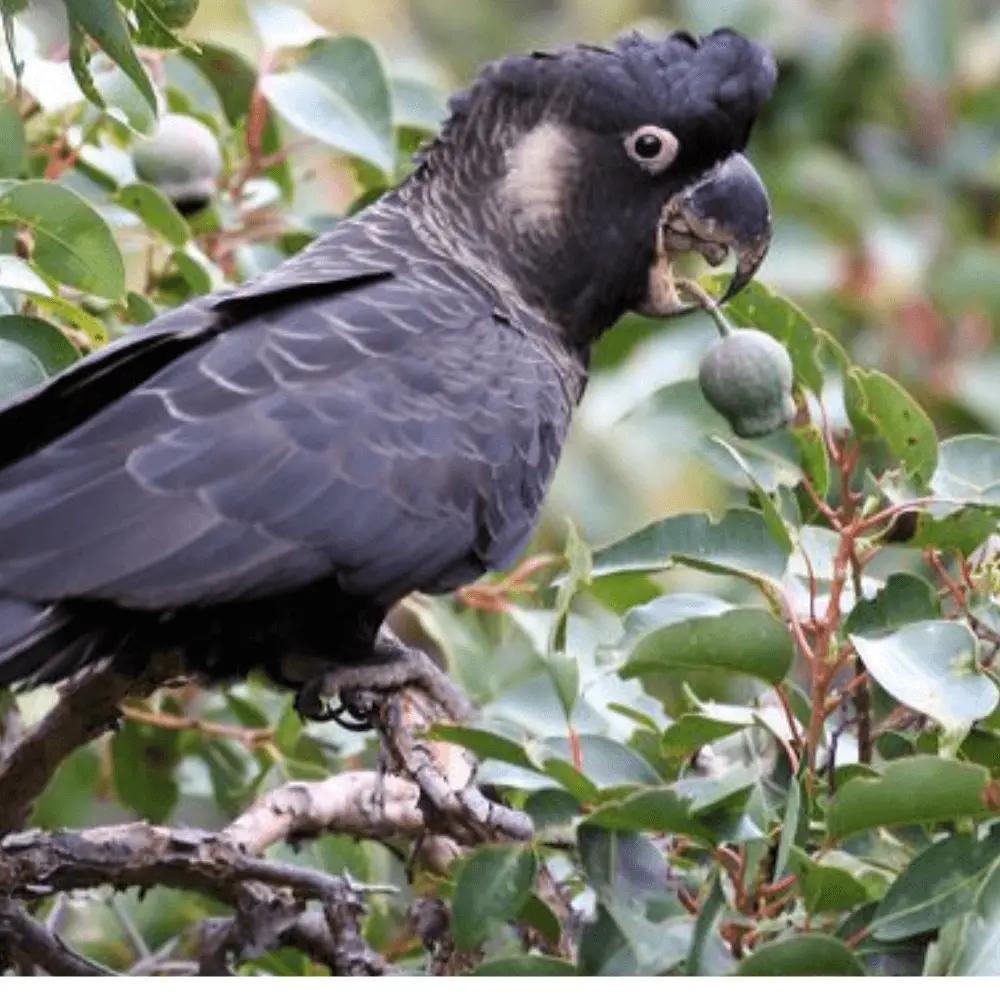
Are fed mainly by the seeds of MARRI Yes Karri. They are also fond of tearing wood, Apart from piercing the bark of trunks in search of larvae. Apple and pear trees are frequently visited to enjoy their fruits.
Endangered
Australia is listed as Vulnerable by the Environmental Biodiversity Protection and Conservation Act.
The total population of the species is estimated at 12,500 individuals, with a downward trend.
Before the inclusion of endangered species, the annual reproduction rate was 0.6 per pair, too low to replace the large number of birds killed by horticulturists to protect their crops. It is now illegal to shoot these birds, but is it still done?
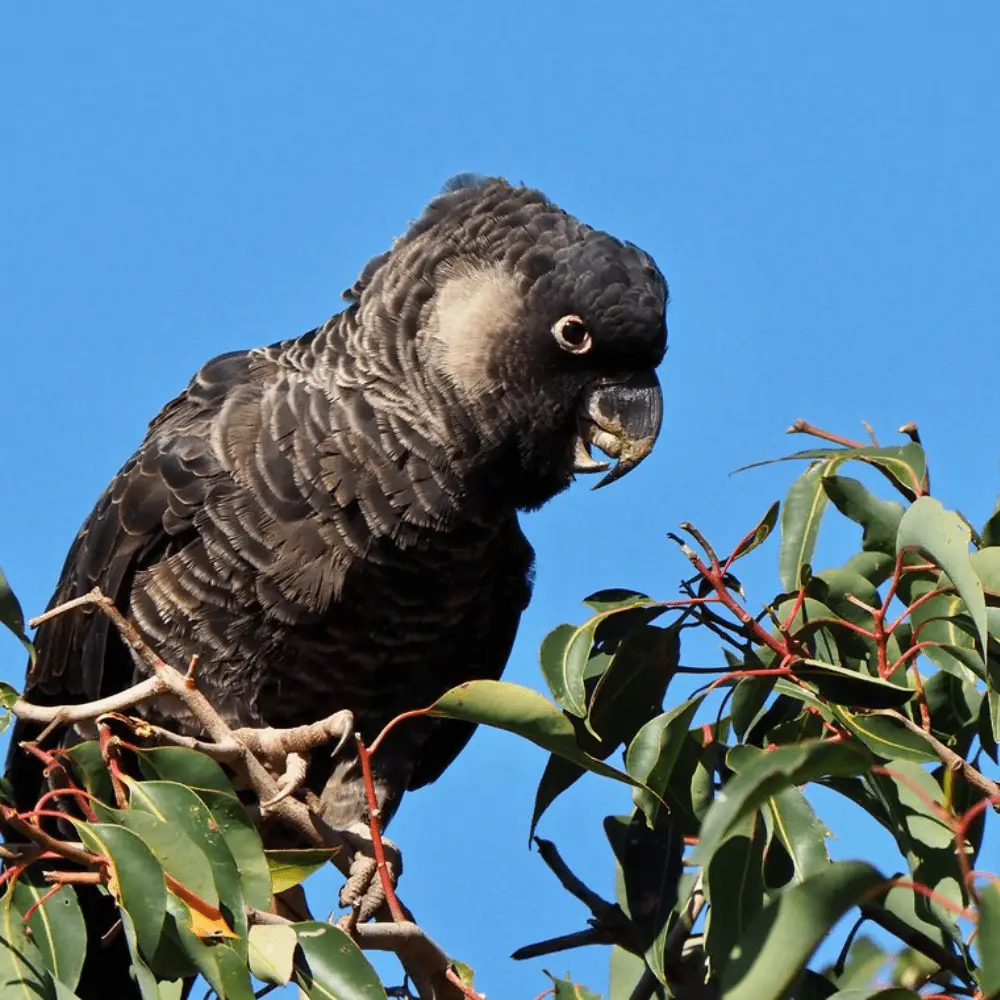
Baudin’s black cockatoo In captivity
Appears in Appendix II of CITES, which limited international trade in the species. Illegal capture of these wild parrots, a penalty of up to $10,000. This cockatoo is protected under Australia’s Wildlife Conservation Act.

